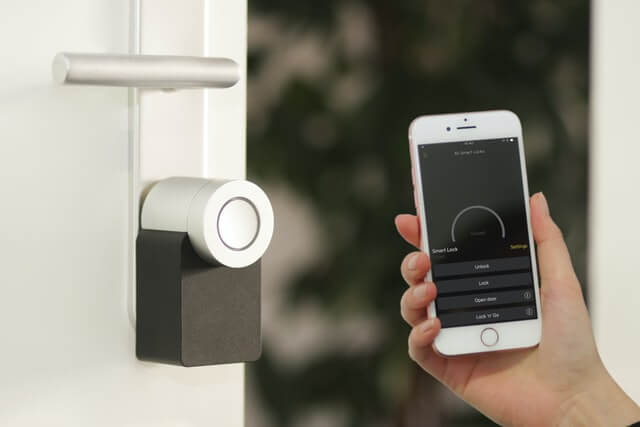Have you ever been locked out of your own home, standing exasperated outside, rummaging through your bags in the vain hope that your keys might magically reappear? Or worried about the security of your beloved possessions, knowing a skilled burglar could pick that lock? What if there was a key that was as individual as you, one that couldn’t be duplicated or lost? Welcome to the innovative world of biometrics, specifically fingerprint access control systems, which stand poised to revolutionize the future of security measures.
With increasing advances in technology, the security systems we use to fortify our homes are also undergoing significant changes and competition is colonising new territory. What could be more intriguing and liberating than the idea of your very own body serving as the key to your home? The crux of the discussion we’re launching into today is fingerprint access control, a system that recognizes your unique fingerprint pattern and allows access based on it. This blog post will dive into the pros and cons of this evolving tech and how it could shape the future of home security.
Why Fingerprint Access Control Systems?
The age-old method of lock and key, though tried and tested, has its limitations. Keys can be lost, locks can be picked, and access doesn’t necessarily remain exclusive to the key holder. As we edge further into the digital age, we’re continually exploring ways to circumvent these issues with more secure, more personal, yet easily accessible systems such as access control mechanisms based on unique identifiers – like fingerprints.
Since fingerprints are unique to each individual, fingerprint-based access control systems can provide a higher level of security while also saving users from the hassle of remembering codes or carrying cards. The integration of this system is hassle-free, requiring minimal physical modifications to existing structures.
However, every technology has its drawbacks and fingerprint access control is no different. Advancements are met with challenges and finger-based access control systems also have a few hurdles to cross. Let’s delve into them.
Advantages of Fingerprint Access Control Systems
The fingerprint-based system is a boon in today’s fast-paced world. It eliminates the constant fear of misplacing keys or forgetting passwords. It also offers an extra layer of security, with every fingerprint being as individual as the person it belongs to.
The system is also easy to install and use. Since it only grants access based on saved fingerprint data, the risk of a breach is considerably lower. In addition, it allows for seamless user management, as admins can easily add or remove users as needed.
Lastly, no physical keys mean no painful lock picking, reducing the risk of forced break-ins. Plus, no misplaced keys mean fewer home lockouts.
Cons of Fingerprint Access Control Systems
Despite the numerous advantages, this system comes with its share of challenges too. The machines used for biometric identification could malfunction, leading to restrictions in access. People with conditions affecting their fingerprints could face trouble in gaining entry. Additionally, concerns about privacy and the potential misuse of personal data are common.
Fingerprint Access Control vs Traditional Security: A Comparison
Fingerprint access control systems undoubtedly promise a greater level of security than conventional locks and keys. However, their adoption rate may be affected by regional regulations, cost, availability, and acceptability. The balance between traditional security measures and fingerprint access control could potentially be found in hybrid solutions and multi-level security systems.
Future of Fingerprint Access Control
With research underway to overcome limitations and enhance effectiveness, the future for fingerprint access control looks promising. The driving forces of convenience, security enhancement and ever-advancing technological capacities are all acting in its favor. The acceptance of this setup will possibly increase with education about its benefits and dispelling of related myths.
Conclusion
A home is a safe haven, and ensuring its security is crucial. With fingerprint access controls, the concept of lock and key gets a modern, more personal twist. We stand on the precipice of a new era of security measures, where fingerprints replace cold metal. There are, of course, challenges to overcome, but the future of biometric security systems is as promising as it is intriguing. As such, homeowners should be prepared to embrace this innovative security option. After all, don’t we all want a key that’s as unique as we are?




